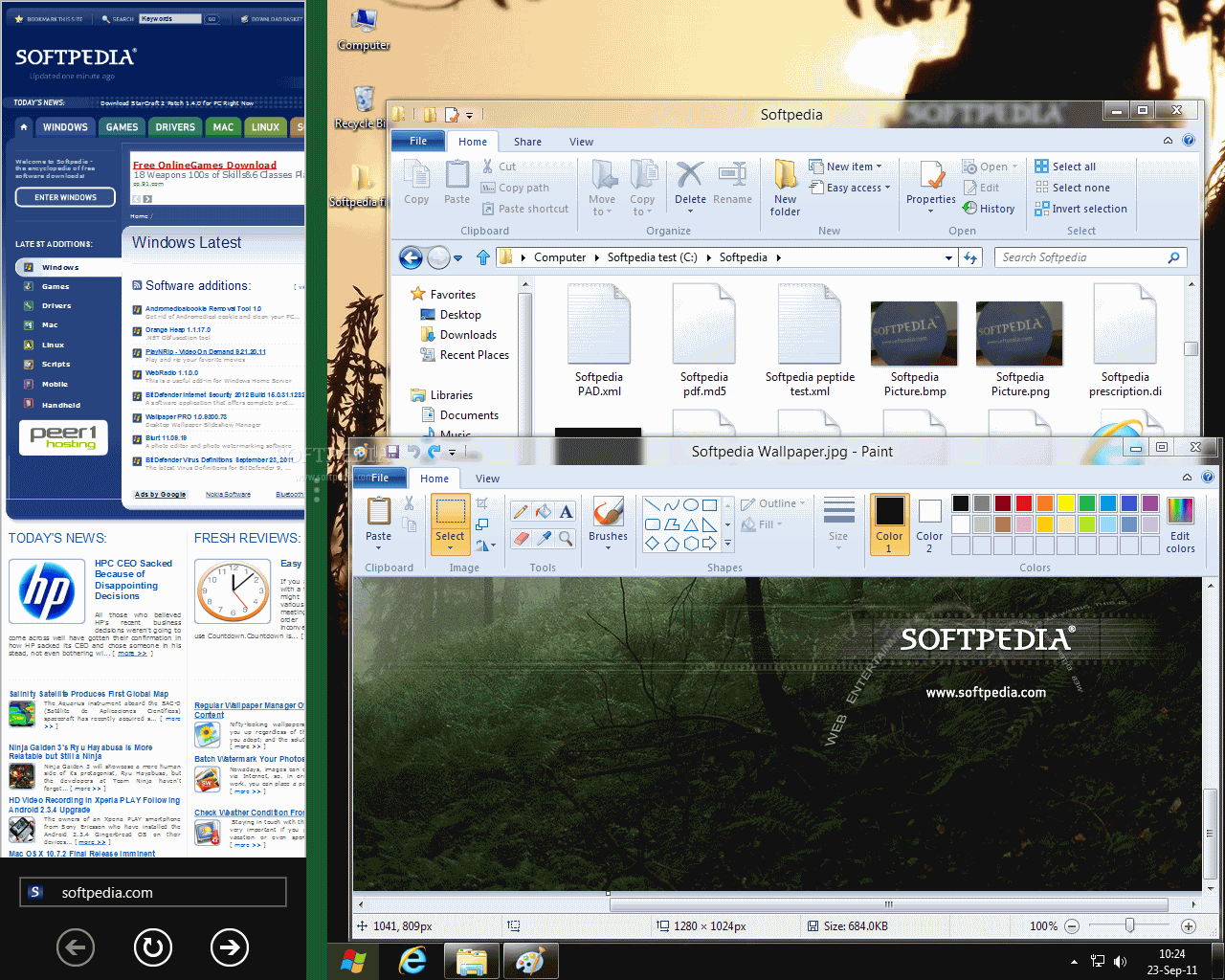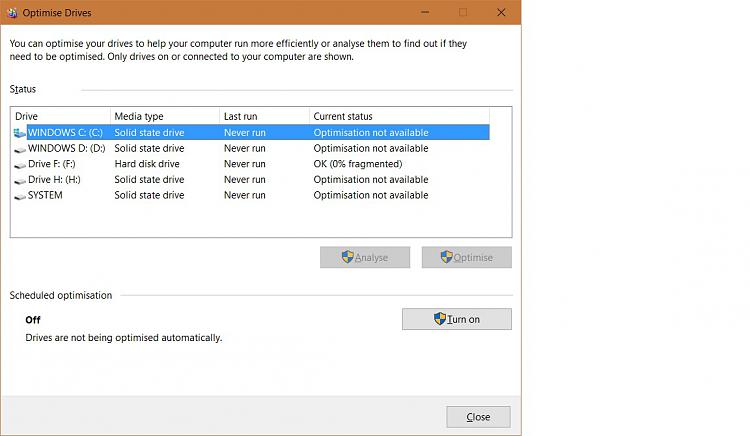

- #TRIM ENABLER FOR WINDOWS 8 HOW TO#
- #TRIM ENABLER FOR WINDOWS 8 WINDOWS 10#
- #TRIM ENABLER FOR WINDOWS 8 FREE#
The link below is a Macrium blog article about RDR if you’re curious. Happy to help! RDR was introduced with V6. And I'm already learning from folks like you, and others even before I have taken my first image with MRv7.
#TRIM ENABLER FOR WINDOWS 8 HOW TO#
Therefore I'm taking a cautious and simple approach for my first images with MRv7 while I learn from you experts how to take full advantage of what MRv7 has to offer.

I have a lot to learn about how to best use MRv7, but I do know that I can get myself into a heap of trouble if I'm not careful and I venture into areas that I do not fully understand. I am new to MRv7 (and Win10), having just installed it after five years with MRv5, during which time I needed to restore MRv5 images only three times. Regarding RDR - to be more clear I should have said "I don't plan to be using RDR at this time if that matters." because I don't (didn't) yet know and understand RDR and how it works, what it does, and how it can help me. Thanks for your thoughts on both SSD Trim and RDR. The more data on the partition to be restored and the more recent the backup, the larger the advantage of RDR, but it can cut restore operations that would otherwise take hours down to maybe 2 minutes. But if on the other hand you use RDR and you're restoring recent backup where only a small portion of data on the target has changed since that backup, then you instead only need to roll back that small portion of data. As an example, if you have a partition with 400 GB on it, without RDR you'd need to restore all 400 GB of that data whenever you wanted to restore that partition.

Other than perhaps Incremental backups, RDR is arguably one of the most compelling features of the paid version of Reflect, especially for people who perform restores routinely because they use their system for testing things. I don't know why Macrium allows that option to be disabled because I can't really think why you'd want that, unless maybe some very old SSDs that didn't support TRIM exhibited strange behavior if you sent them a TRIM command? In any case, I too am curious why you don't plan to use RDR.

I doubt there's any benefit to NOT using TRIM on an SSD.Ī search of previous posts for "TRIM" found lots of posts on the subject. You should use the TRIM option for the restore so that the blocks can be freed either at the start of the restore or as needed during the restore.
#TRIM ENABLER FOR WINDOWS 8 FREE#
You will gradually run out of free blocks, requiring the file system to waste time trimming blocks it needs. So, if you're not using RDR (why not?) then the blocks you restore could end up going to areas on the disk that contain previously deleted data but if those blocks are not trimmed, they are not really considered free. I don't plan to be using RDR if that matters.
#TRIM ENABLER FOR WINDOWS 8 WINDOWS 10#
If I am restoring an image that I created of a Windows 10 SSD back to that same SSD should I have this SSD Trim option enabled or disabled, and why? When restoring an image from within the Rescue Media. Advanced Options > SSD Trim (Enable TRIM on restore to increase of both the lifetime and the performance of the SSD.)


 0 kommentar(er)
0 kommentar(er)
